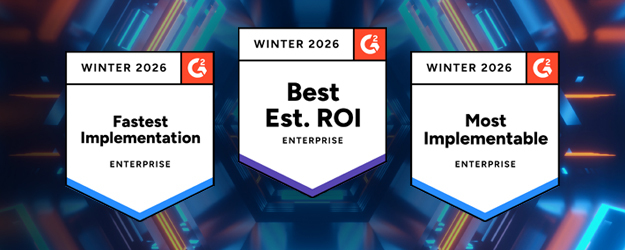Over the years, businesses have increasingly relied on APIs to automate internal processes, and many have even turned to monetizing their APIs. But while the addition of new APIs creates opportunities for innovation and revenue growth, they can also introduce serious security risks if not managed effectively.
An API management platform mitigates these risks by supporting the entire API lifecycle from creation to retirement, allowing users to scale, secure and monitor all of their APIs in one place — a must-have tool for enterprises that might rely on hundreds, or even thousands, of APIs.
In this guide, we’ll compare five of the top enterprise-level API management tools on the market in 2025. We’ll explore the security features they offer to address common API vulnerabilities, as well as how they utilize emerging technologies like generative AI to automate different processes throughout the API lifecycle.
What to Look for in an API Management Platform
At the most basic level, API management platforms consist of three main components:
- An API gateway that handles request routing, rate limiting, authentication and traffic management.
- A management plane that provides tools for configuring, deploying, securing and analyzing APIs.
- A developer portal for publishing API documentation, onboarding developers and managing access.
Together, these components create an ecosystem for designing, documenting, testing, securing, governing and monitoring APIs.
So what makes one platform’s developer portal better than another? What features should you look for in an API gateway? Your answer largely depends on your specific business needs. Let’s break down some common pain points and the API management features that best address them:
| If you’re struggling with: | You need a platform that: |
|---|---|
| Slow performance or inconsistent API response times | Includes real-time monitoring to identify bottlenecks, along with smart traffic routing features like rate limiting |
| A lack of visibility into how your APIs are used | Offers API logging and API usage analytics through a visual dashboard |
| Third-party developer onboarding | Uses role-based access controls to manage access to a developer portal/user permissions |
| Managing multiple APIs across teams or environments | Provides centralized governance so that all APIs are managed in a single platform by a single team |
| Consistently enforcing security policies | Supports standardized, token-based authentication methods like OAuth 2.0 |
API Management Tools at a Glance
| Jitterbit | Best for teams needing a full integration platform that extends beyond API management |
| Azure | Best for teams already invested in Microsoft and Azure ecosystems |
| DreamFactory | Best for fast, automated REST API generation with built-in access control |
| Postman | Best for distributed teams needing a collaborative API workflow |
| Kong Konnect | Best for teams that want full control and customization of their API stack |



